
Slate
North Wales has produced slate since the Roman period when slate was used for the roof of the fort at Segontium, now Caernarfon. The slate industry grew slowly until the early 18th century, then expanded rapidly until the late 19th century, at which time the most important slate producing areas were in northwest Wales, including the Penrhyn Quarry near Bethesda, the Dinorwic Quarry near Llanberis, the Nantlle Valley quarries, and Blaenau Ffestiniog, where the slate was mined rather than quarried. Penrhyn and Dinorwic were the two largest slate quarries in the world, and the Oakeley mine at Blaenau Ffestiniog was the largest slate mine in the world.
Dinorwic quarry closed in July 1969, the slate had become more and more difficult to remove due to the build up of unsystematically dumped waste. It is now a popular venue for rock climbers and scuba divers.
These photographs were taken in the LLanberis and Blaenau Ffestiniog areas.

The town of Llanberis with Dinorwic quarry on the mountainside behind. At its peak in the late nineteenth century, the quarry employed more than 3,000 men.
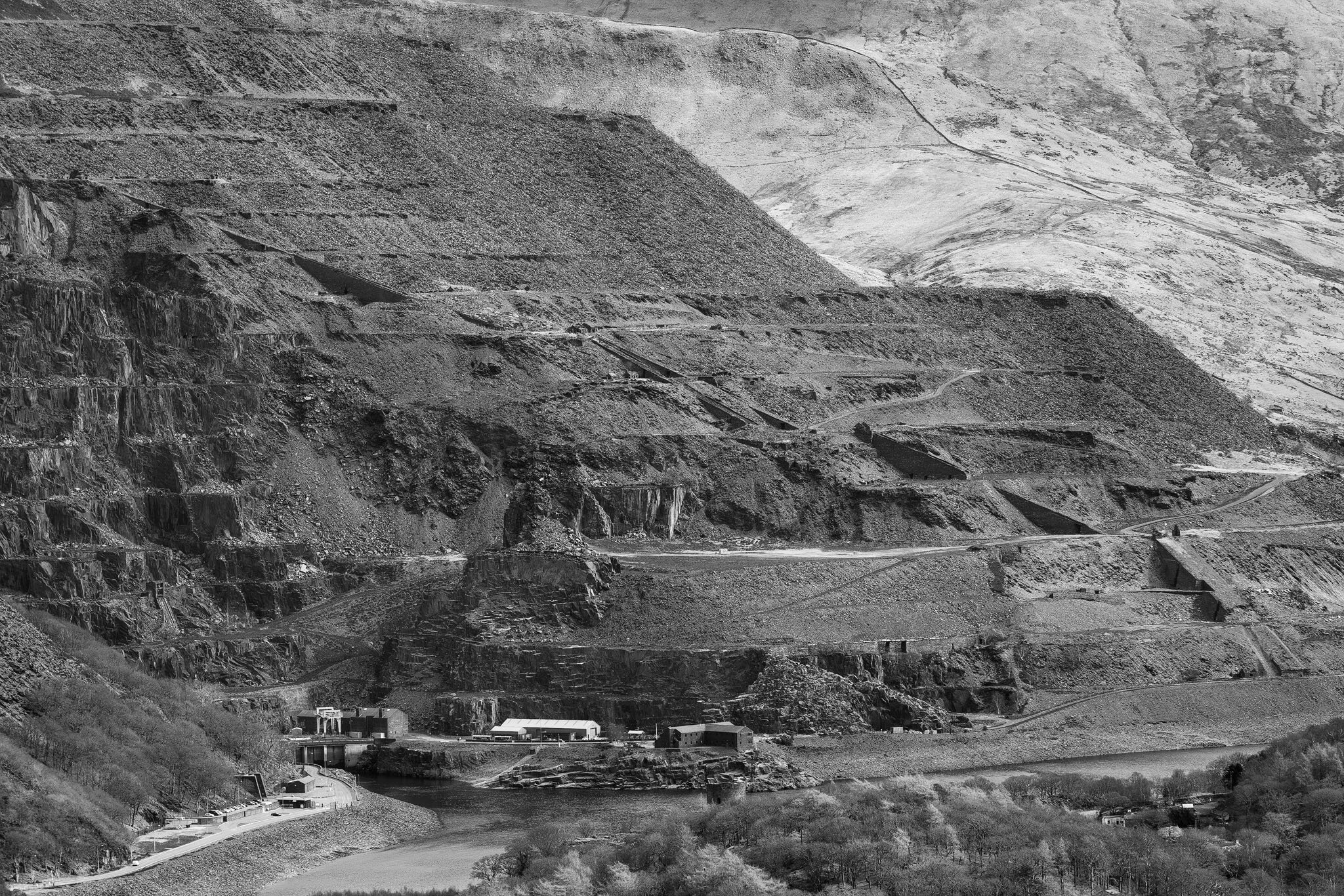
Dinorwig Power Station, a pumped-storage hydroelectric scheme built in 1974.
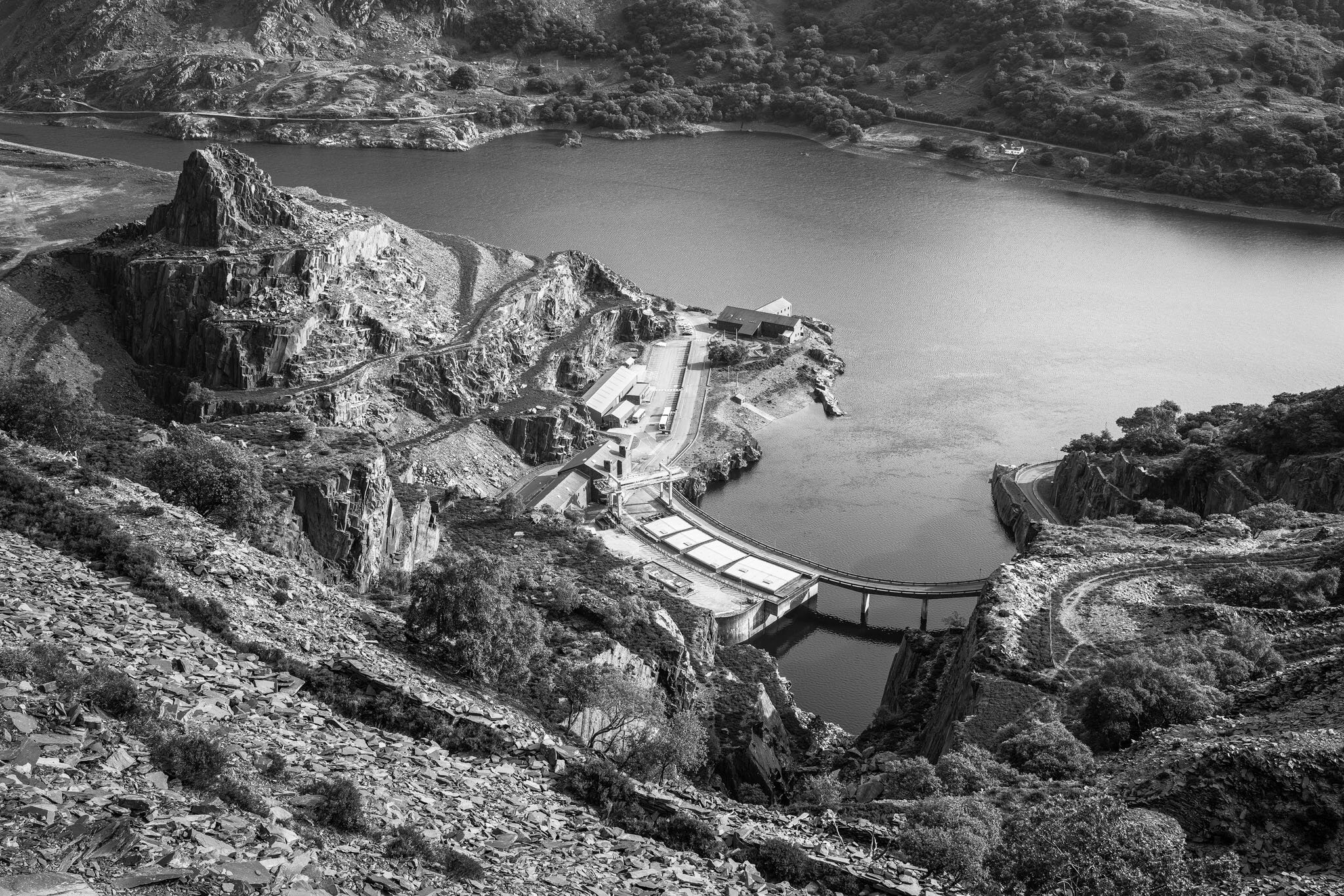
Dinorwig Hydroelectric Power Station.

Blaenau Ffestiniog is dominated by huge spoil heaps from slate mines and quarries.

Vertical galleries at Dinorwic Quarry.
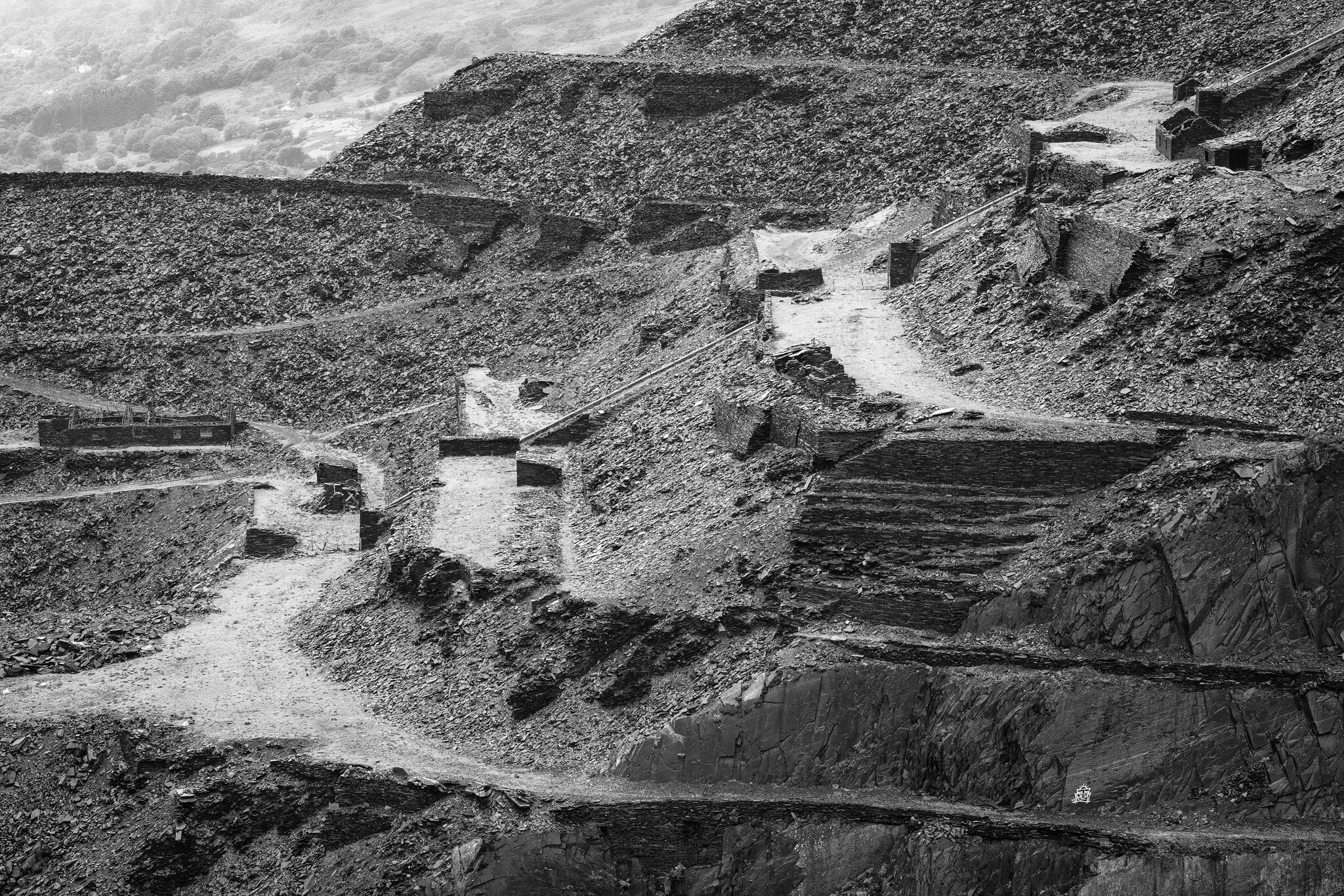
Dinorwic Quarry.
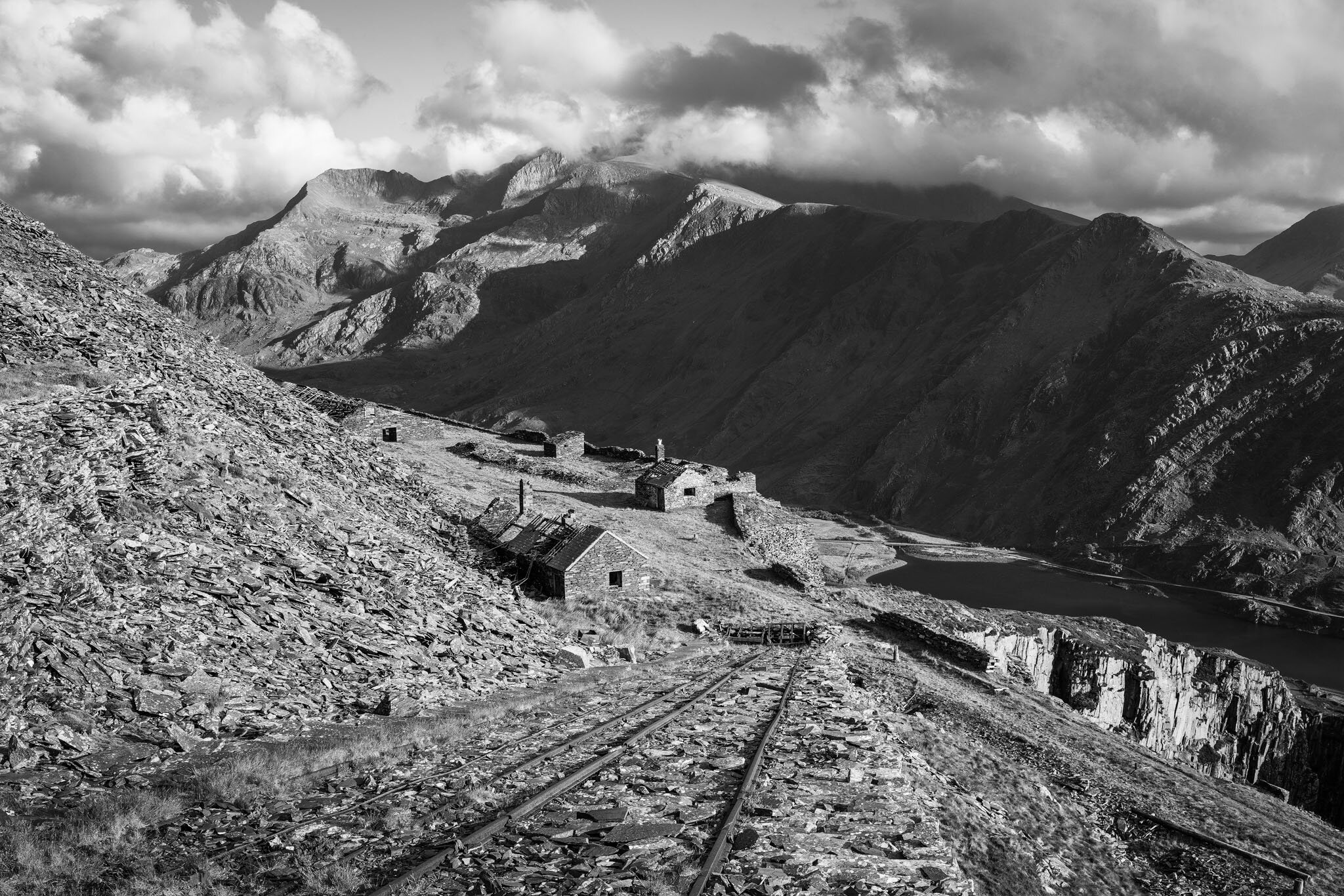
Snowden is the highest mountain in Wales, it provides a dramatic backdrop to Dinorwic Quarry.

Dinorwic Quarry.
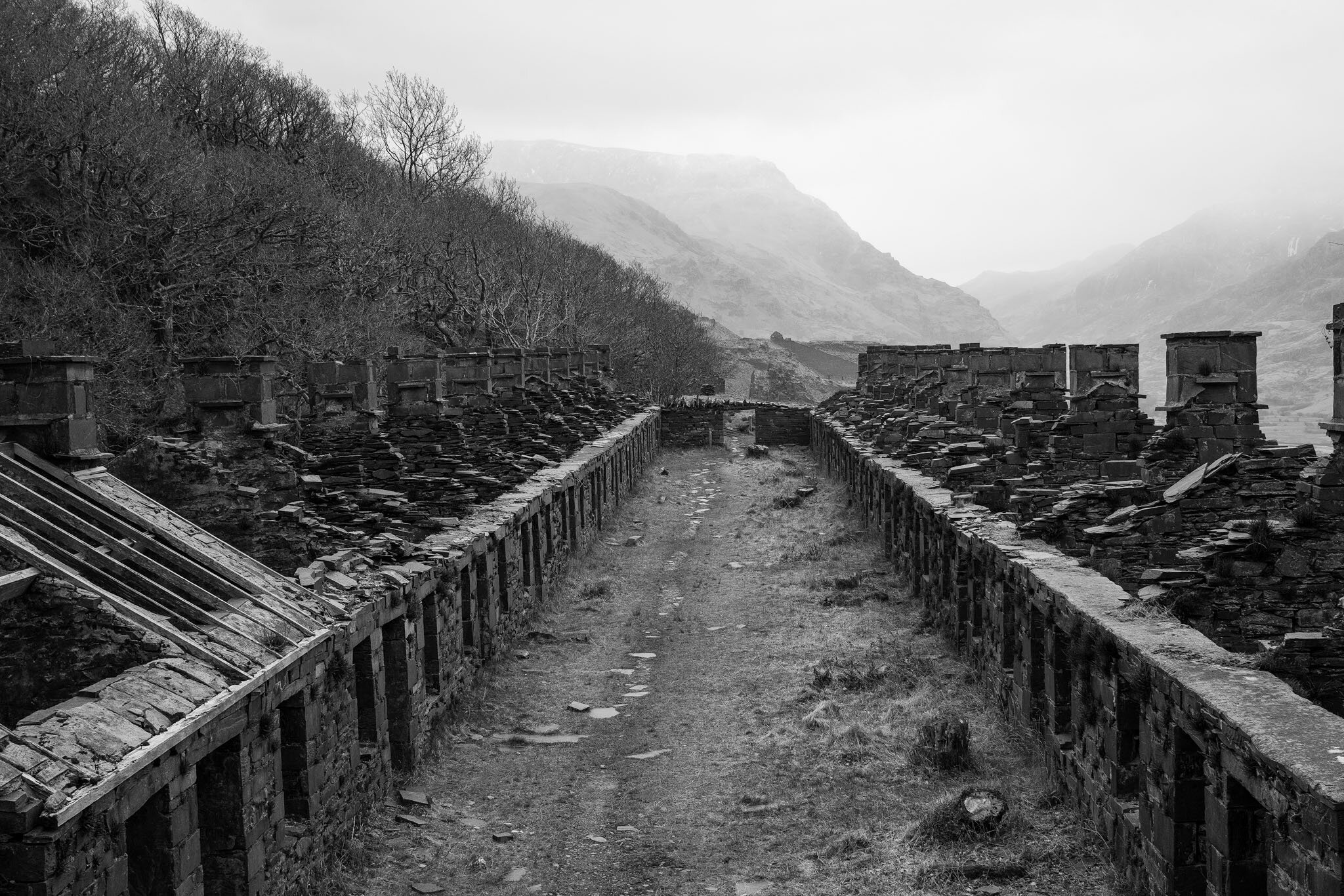
Quarrymen’s cottages near Llanberis.
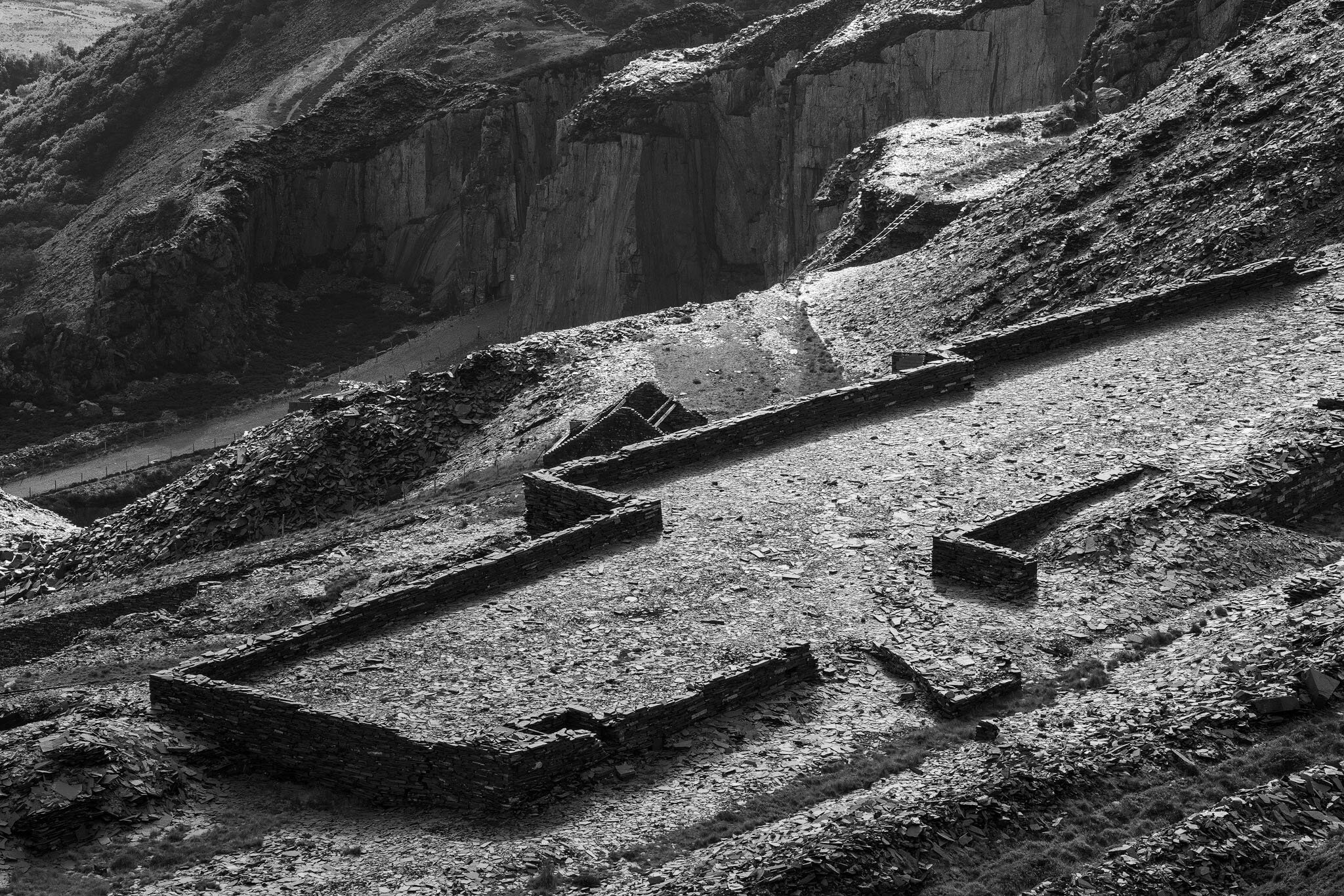
Dinorwic Quarry.

Dinorwic Quarry.
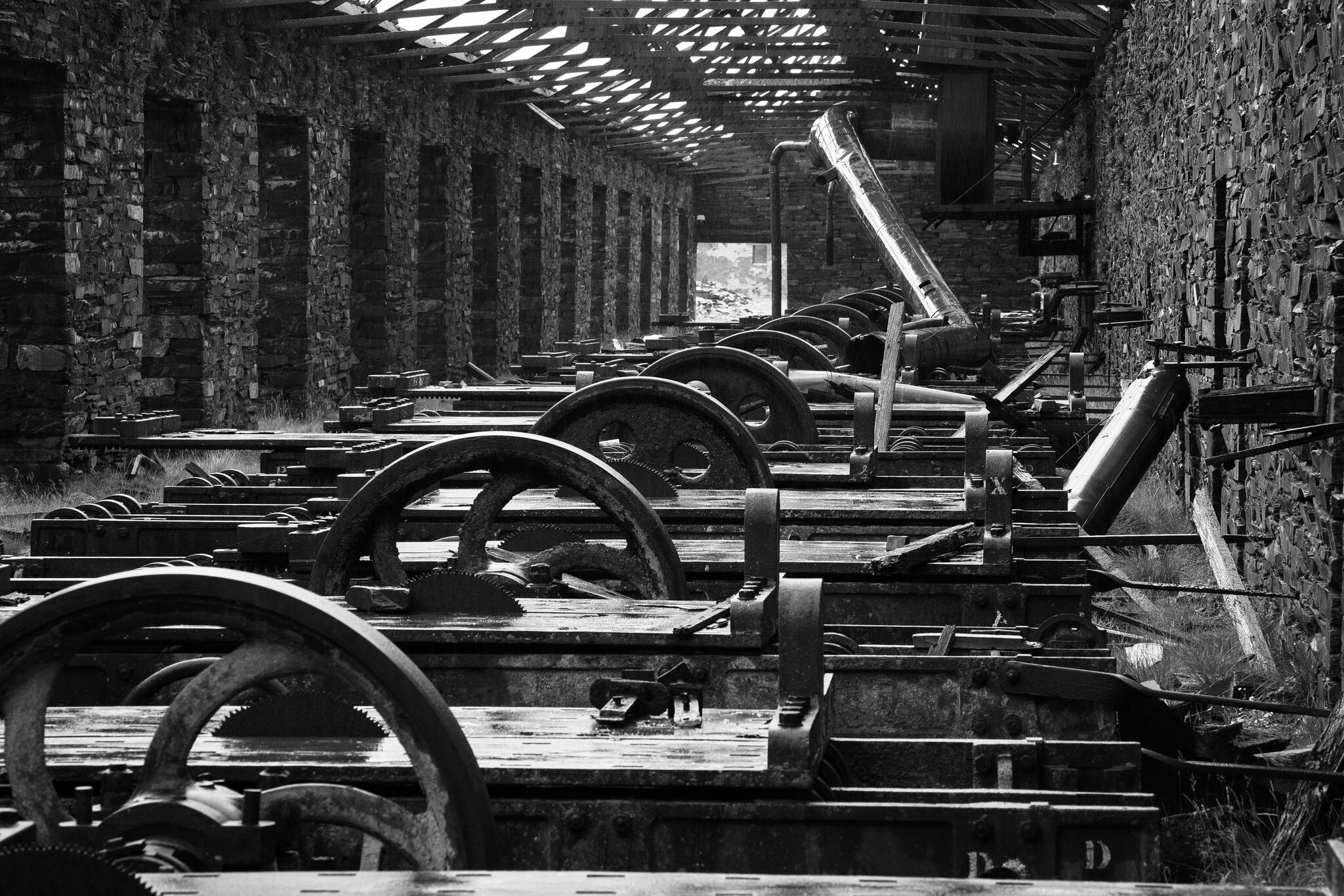
Dilapidated workshops at Dinorwic.
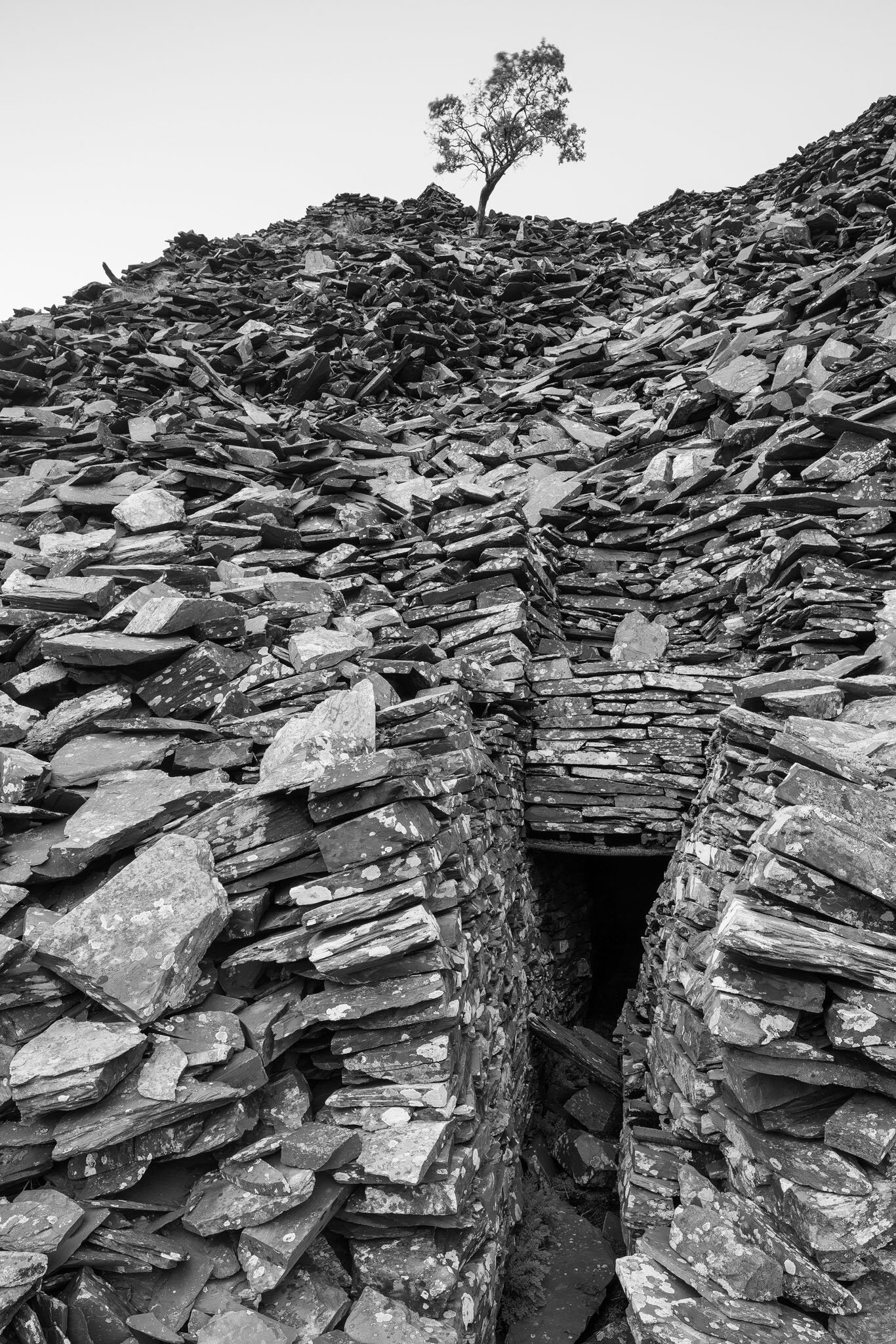
Dinorwic Quarry.
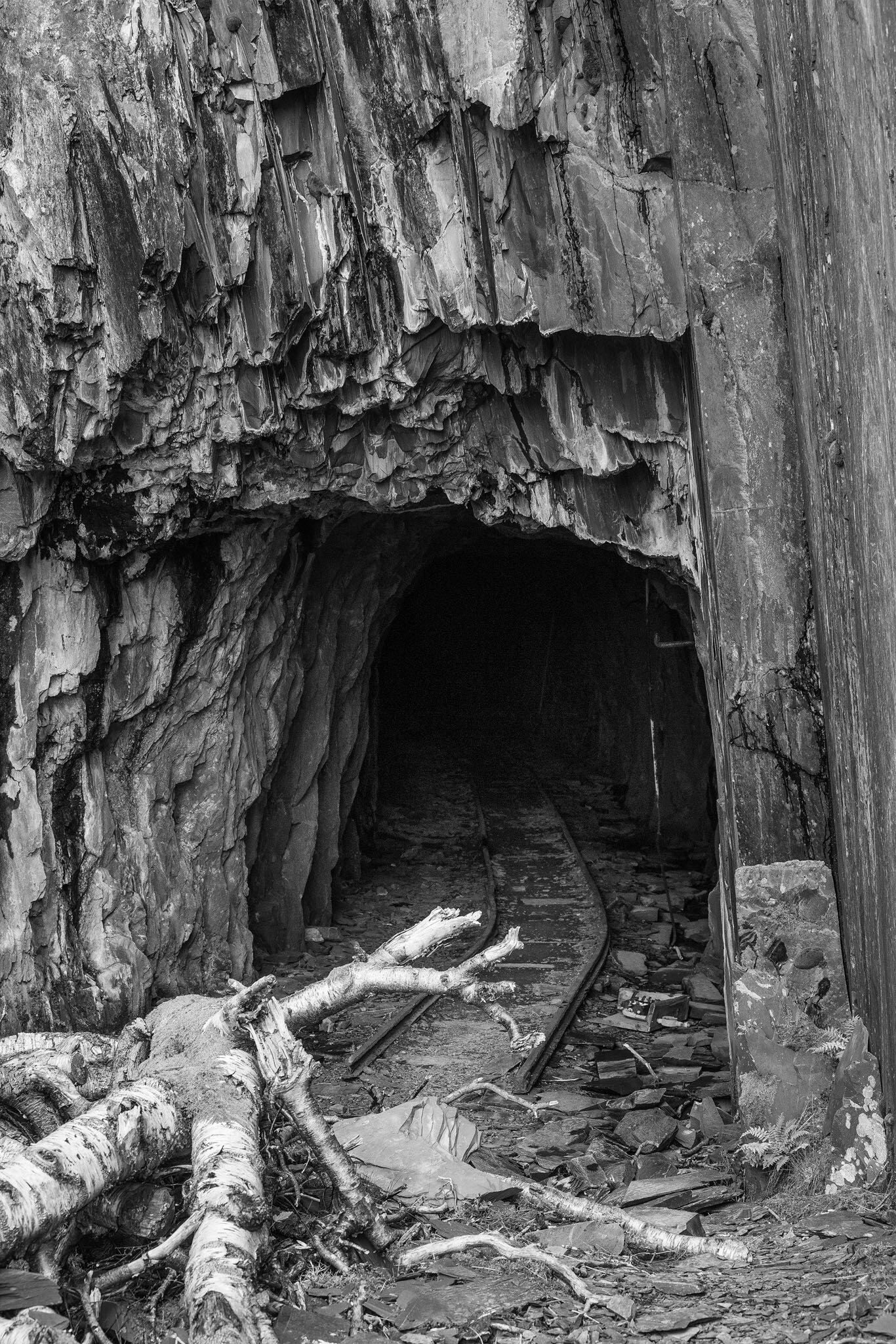
Mine entrance. Dinorwic.
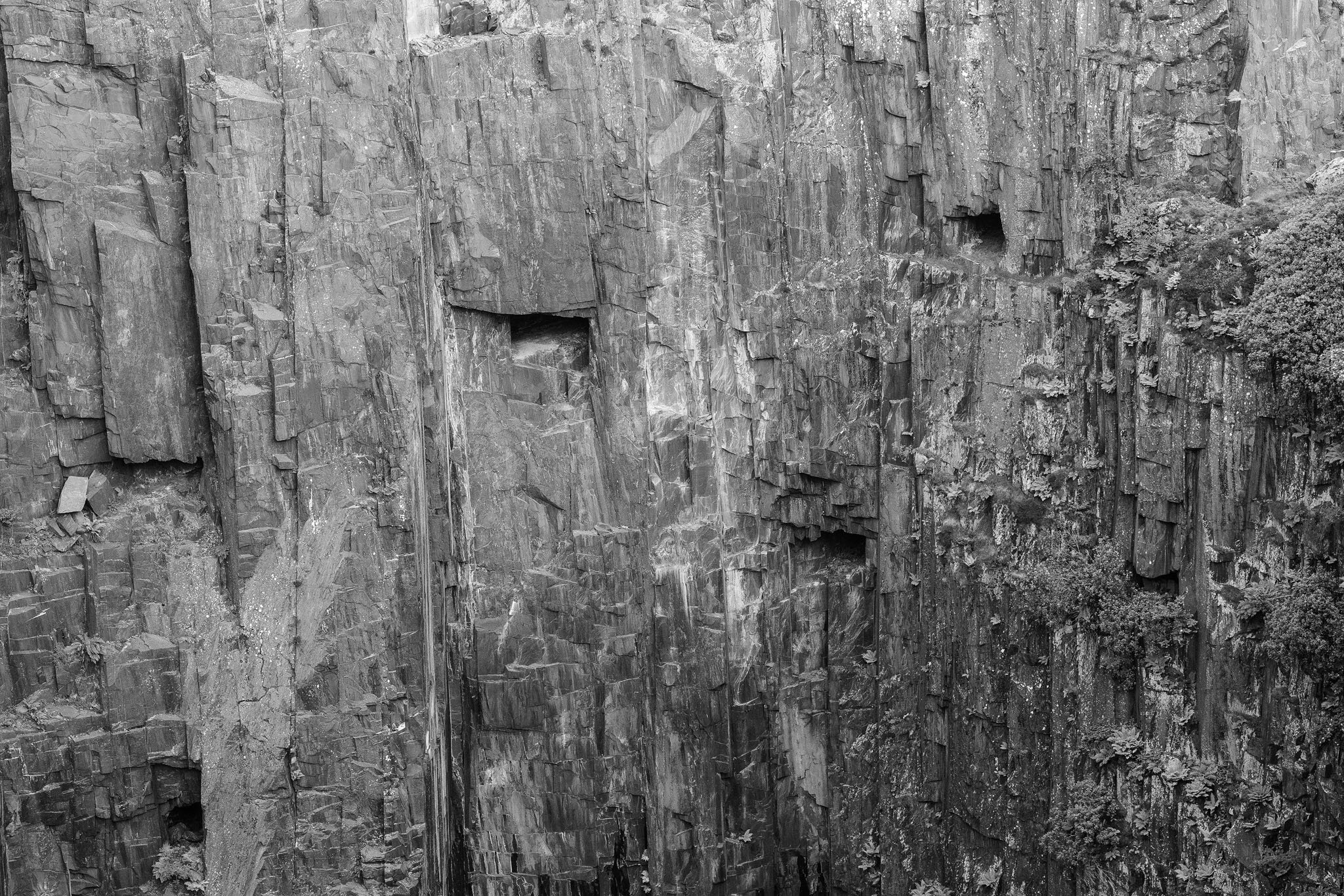
Mine tunnels emerge onto a vertical quarry face at Dinorwic.
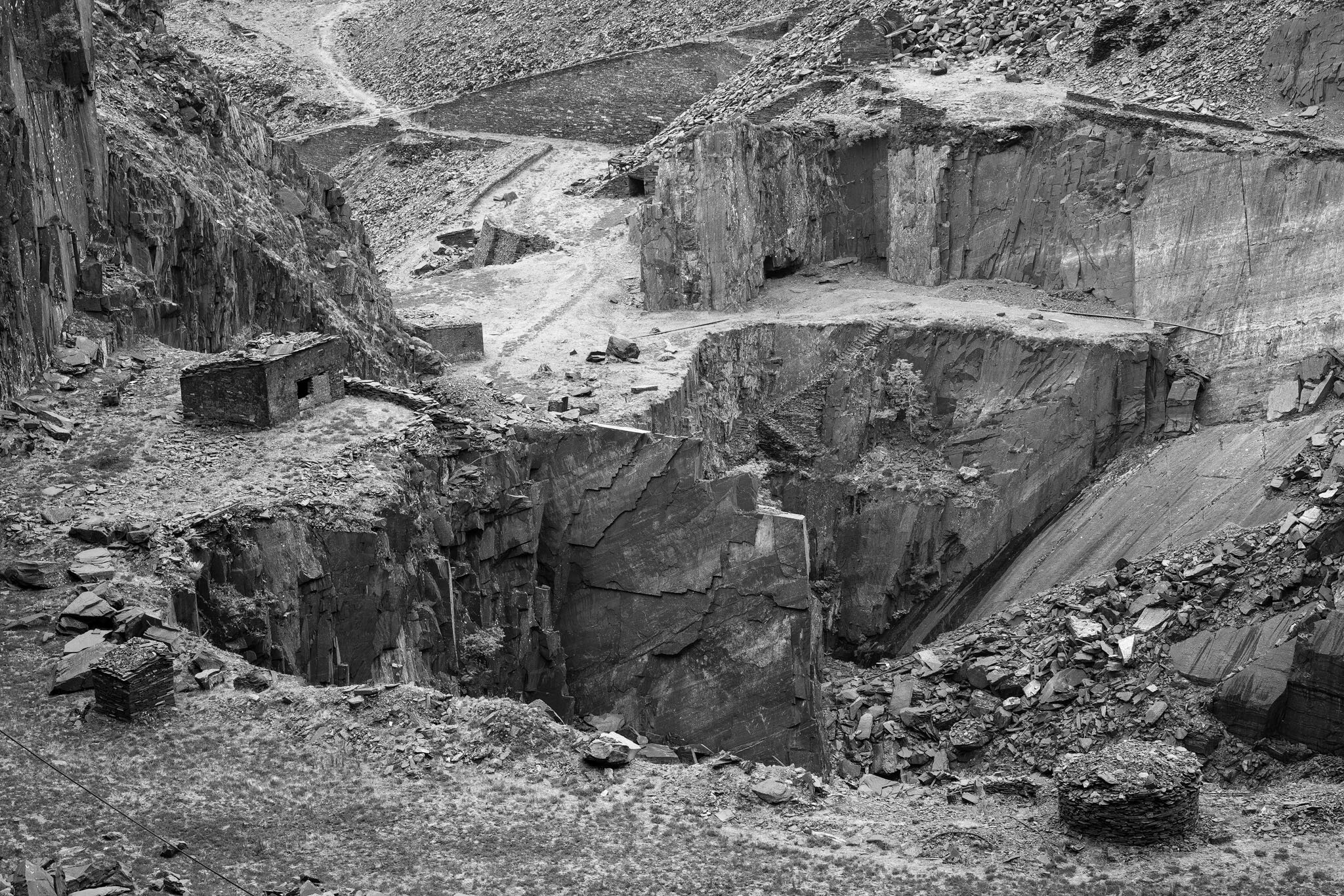
Dinorwic Quarry.
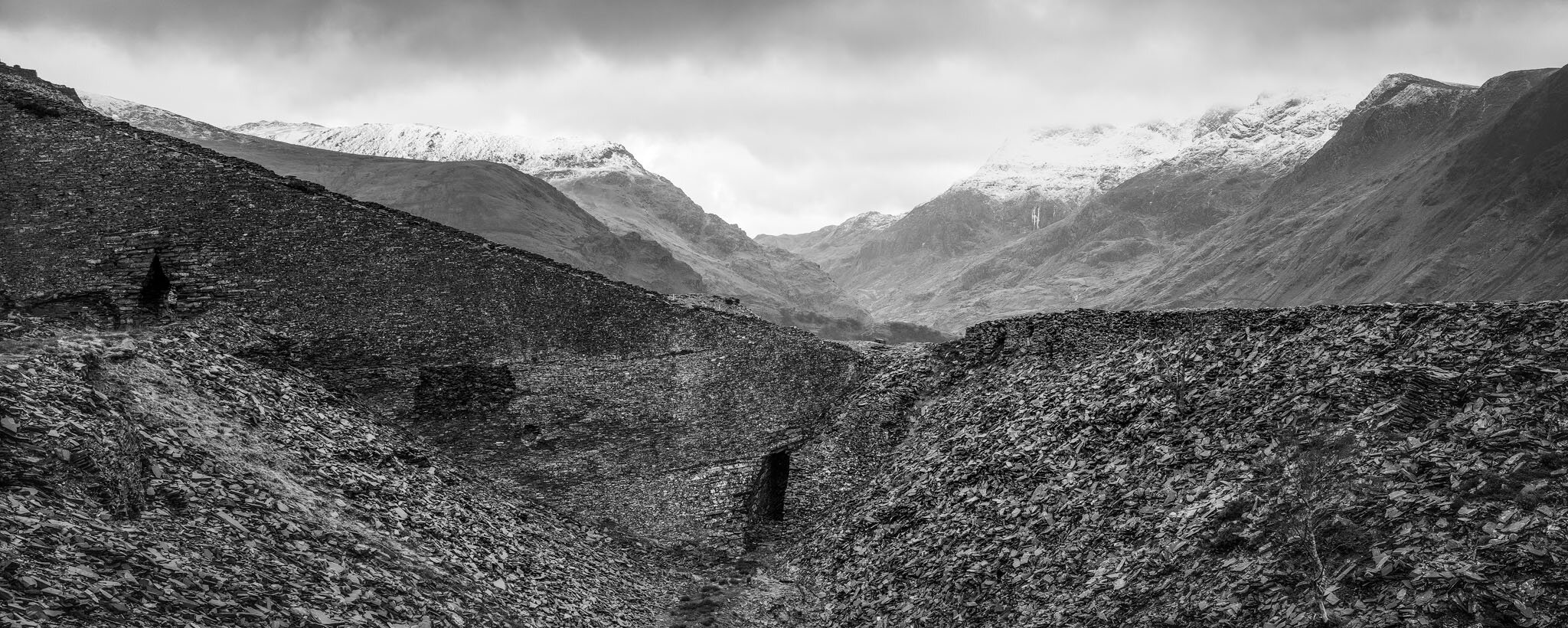
Dinorwic Quarry.
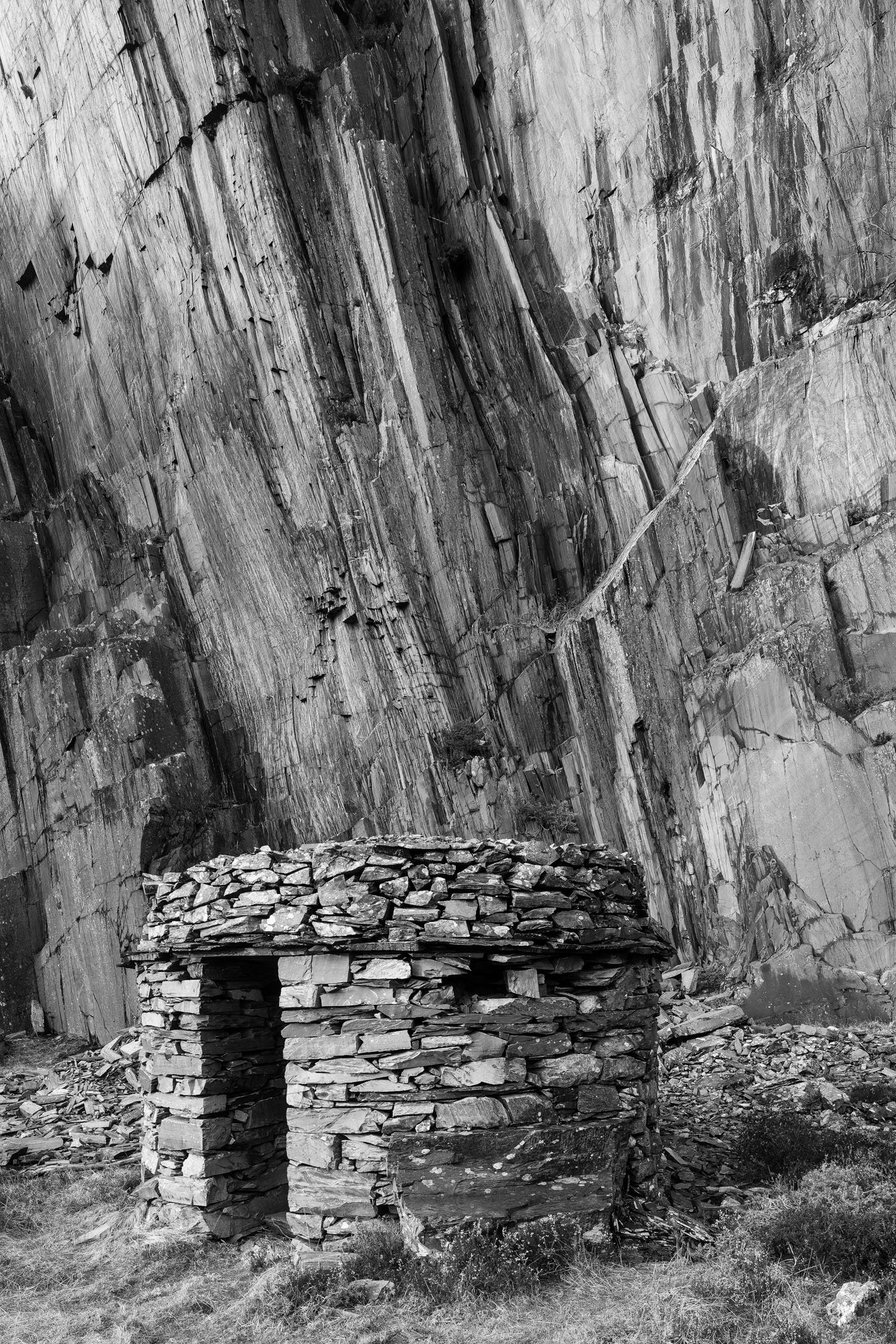
Blast shelter at Dinorwic Quarry.

Maenofferen Mine above Blaenau Ffestiniog.

Rhosydd Quarry near Blaenau Ffestiniog.

Cwmorthin Mine from Rhosydd Quarry.
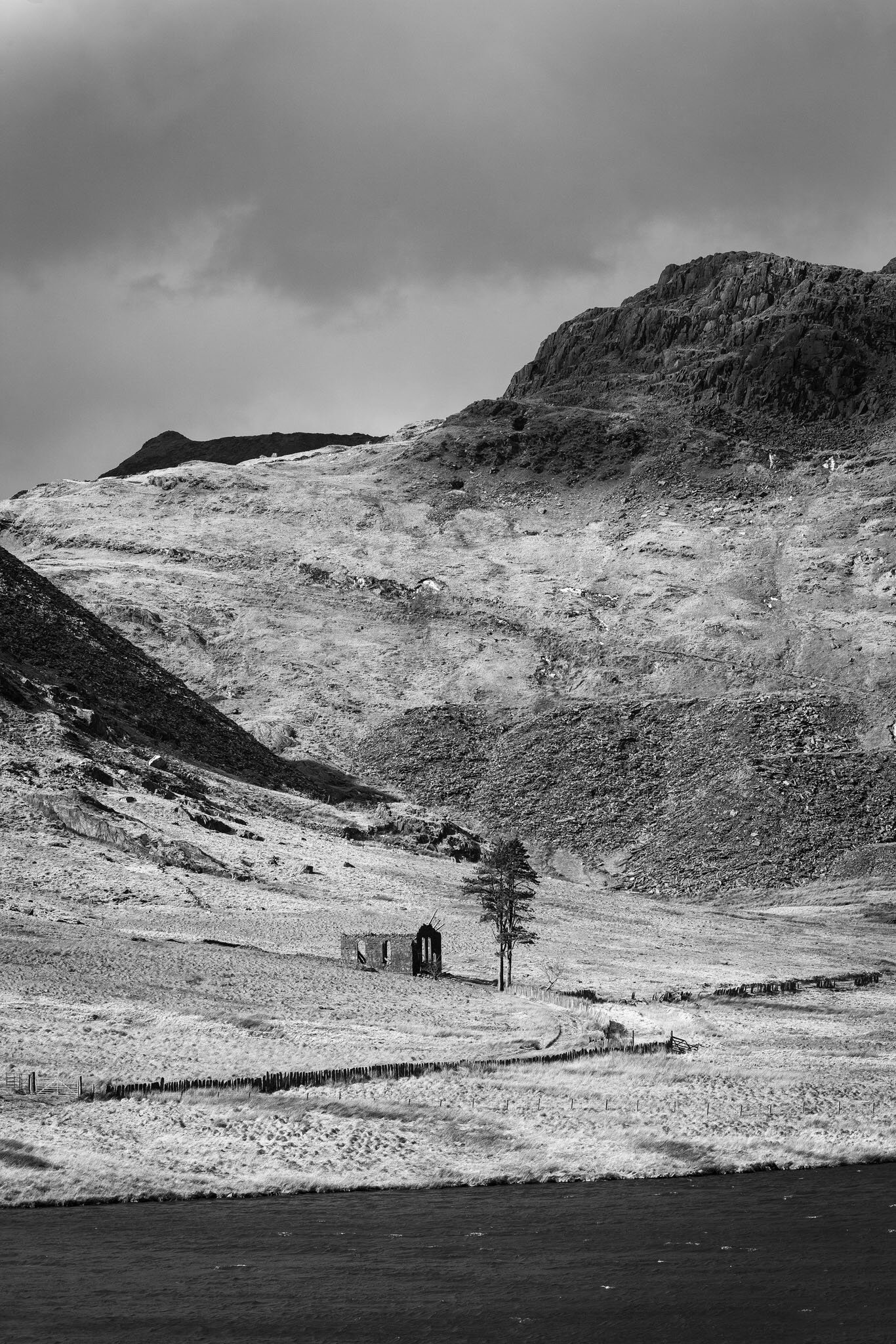
Cwmorthin near Blaenau Ffestiniog.
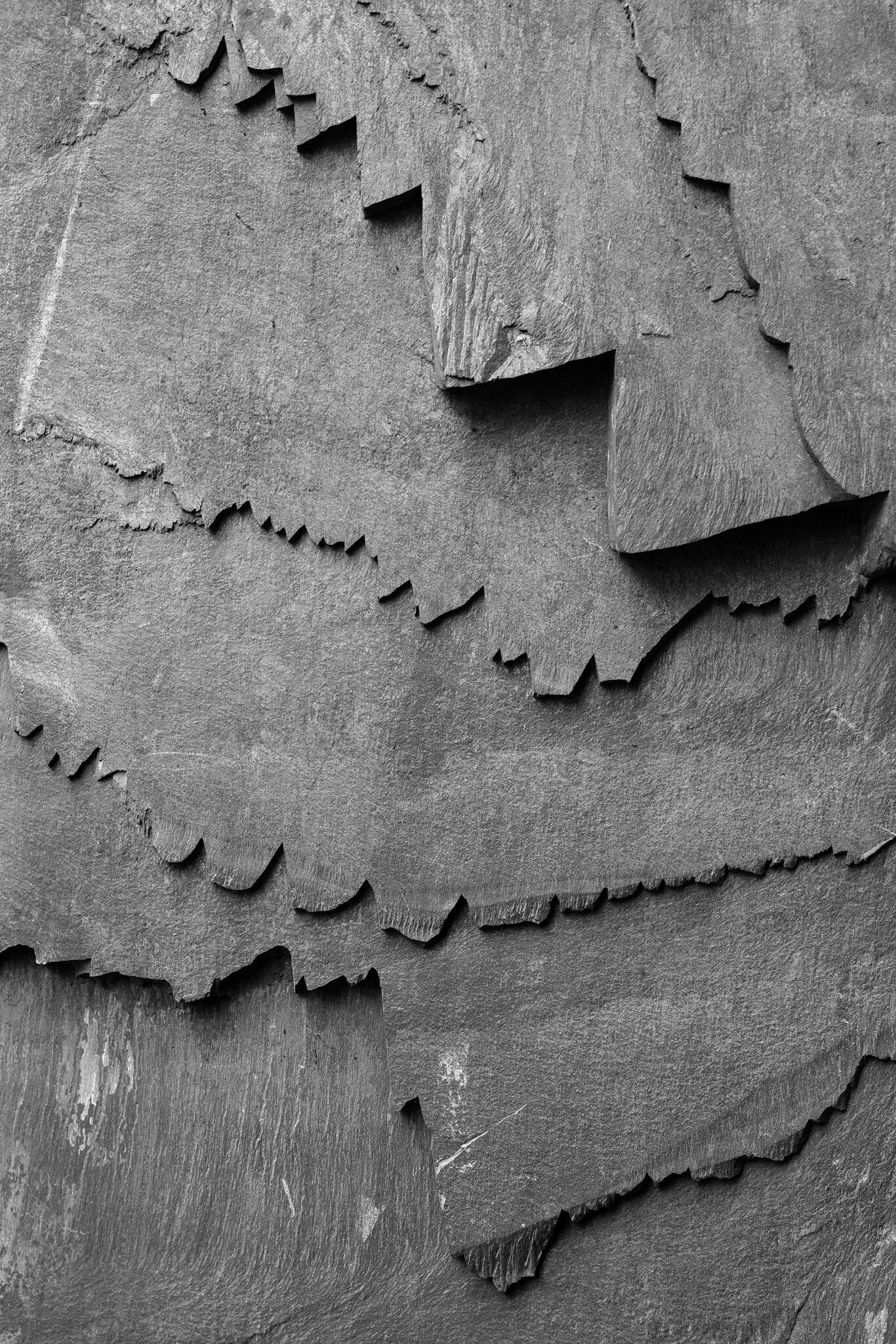
Slate.
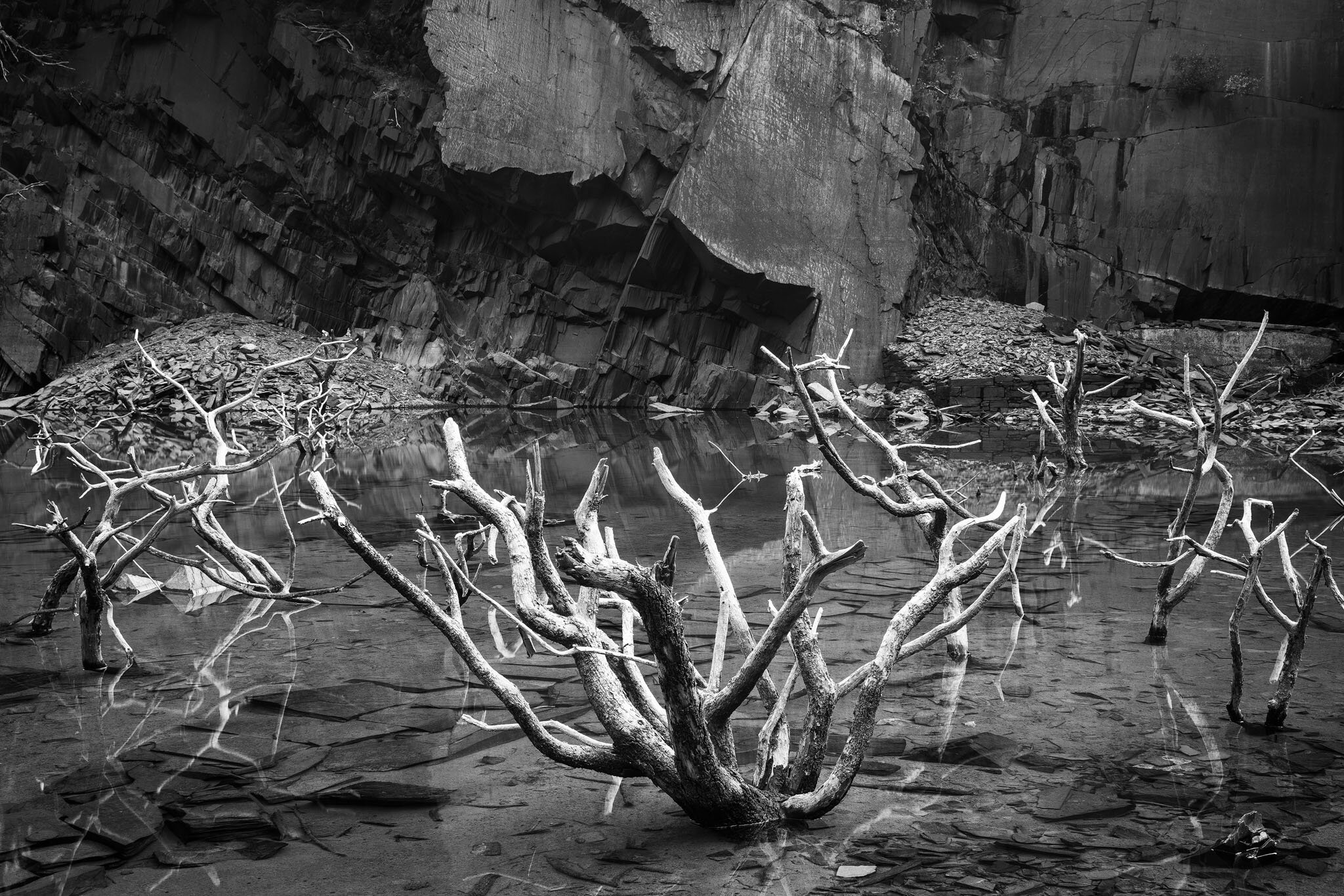
Dinorwic Quarry.
























